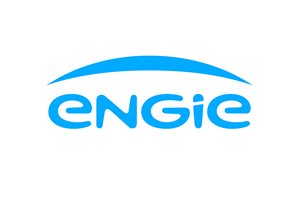Amazon has unveiled three new AI-powered monitoring systems designed to optimize resource use in its facilities, with a strong emphasis on water conservation. The systems—FlowMS, Base Building Advanced Monitoring (BBAM), and Advanced Refrigeration Monitoring (ARM)—allow the e-commerce giant to track anomalies in energy and water usage by leveraging comparative data points.
Developed in-house, these AI-driven tools help prevent waste in line with Amazon’s Climate Pledge commitments. While ARM focuses primarily on refrigeration units in grocery and perishable food storage sites, BBAM and FlowMS are designed to monitor HVAC and water infrastructure across Amazon’s global fulfillment and distribution centers. FlowMS, in particular, plays a crucial role in detecting leaks and inefficiencies in water usage, a key sustainability concern for the company.
FlowMS has already demonstrated its value in water conservation efforts. At an Amazon logistics facility in Glasgow, Scotland, the system identified an underground water leak, leading engineers to pinpoint a faulty pipe managed by a local water supplier. Thanks to this detection, the team fixed the pipe’s valve, preventing approximately 9 million gallons of water from being wasted in a single year.
BBAM, while primarily monitoring energy consumption, has also contributed to water efficiency. It aids in ensuring that HVAC systems operate correctly, which indirectly reduces water waste associated with cooling systems. For instance, in Spain, BBAM flagged a faulty air conditioning unit by detecting an unexpected discrepancy between output and external conditions. Identifying and addressing such issues early not only improves energy efficiency but also minimizes excess water use in cooling operations.
Amazon is rapidly scaling the deployment of these technologies. FlowMS and BBAM have already been integrated into 120 fulfillment centers worldwide, with plans to expand to 300 locations by the end of 2025. Meanwhile, ARM is expected to be implemented in 150 facilities across North America, Europe, and India, helping to ensure optimal refrigeration conditions while reducing unnecessary water consumption in cooling systems.
The AI-powered monitoring systems work by collecting data through a network of sensors that track anomalies in water and energy usage. Depending on the size of a facility, FlowMS may operate with just one sensor or multiple sensors strategically placed to maximize coverage. When an anomaly is detected, the system sends an alert via Slack or email to human operators, who can then investigate and take corrective action.
By leveraging AI for proactive water management, Amazon is taking significant steps toward reducing its water footprint across its global operations. Although the company has not yet planned to deploy FlowMS, BBAM, or ARM in corporate office buildings, other sustainability measures remain in place to manage water efficiency in those spaces.
Kara Hurst, Amazon’s chief sustainability officer, emphasized the company’s continued focus on resource efficiency.
"At Amazon, we're innovating with AI to help us find new ways to decarbonize even faster, including inventing new solutions that continue to make our buildings more energy- and water-efficient," Hurst said. "This is just one example of how Amazon is leveraging our decades of experience in AI development and sustainability to think big about decarbonizing our business and operating more efficiently."
As Amazon expands the reach of FlowMS, BBAM, and ARM, the company aims to drive meaningful reductions in water waste, ensuring that its facilities operate more sustainably while preserving valuable resources.
By Meghan Hall













